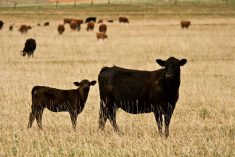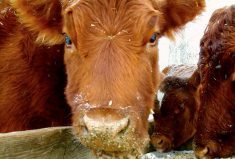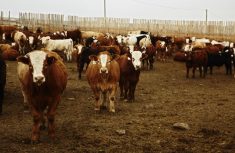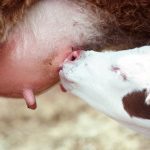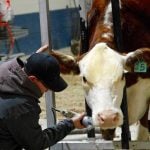Compared to last week, Western Canadian yearling prices were $2 to $4 higher while calf markets traded $2 to $4 on either side of unchanged. U.S. prices were also up $2 to $4 which lent support to Canadian domestic values. Volumes remain thin across the prairies; many producers are busy with silage operations and pasture conditions are in excellent condition so selling interest is non-existent. However, the lack of selling gives prices breathing room to move higher. The yearling market tends to experience a seasonal bounce in late July or early August and this year is no exception. The firmer tone appeared to garner attention. Order buyers were fielding many calls last week with feedlot operators strategizing on their purchase program. The October feeder cattle futures are trading at the highest levels since late-February. Ideas that feeder cattle will trade below year-ago levels have evaporated, especially with the year-over-year decline in the U.S. calf crop. The negative margins in the feedlot sector on unhedged cattle do not appear to be influencing feeder values.
Read Also
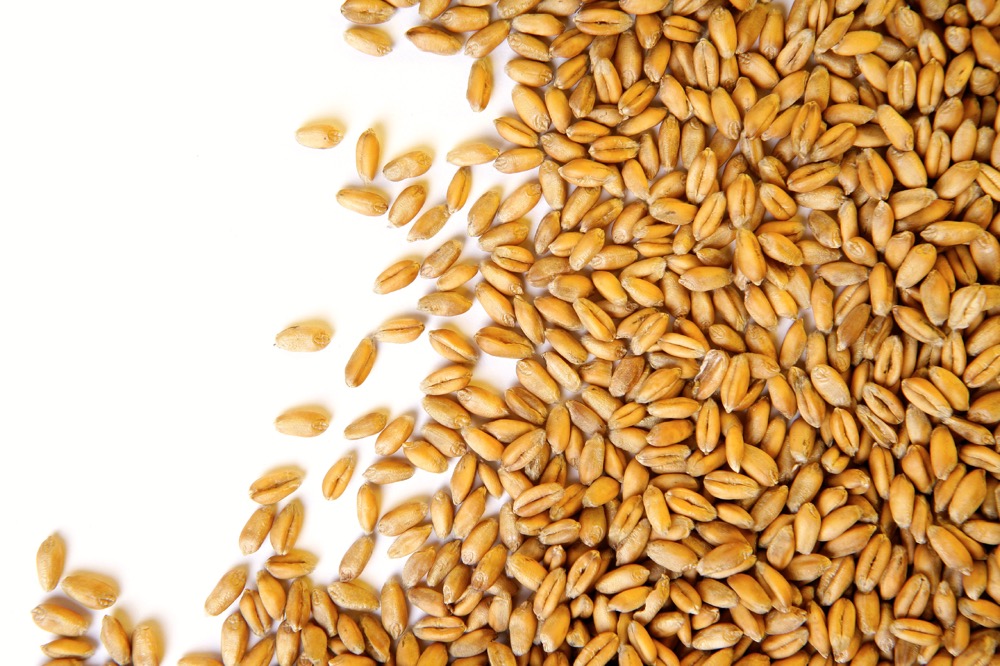
IGC raises 2025/26 world wheat crop forecast
The International Grains Council has raised its forecast for 2025/26 global wheat production with crop outlooks upgraded for Russia, the United States and Argentina.
In Central Alberta, medium to larger frame black mixed steers with lower flesh levels weighing just over 950 pounds were quoted at $177 while similar quality 840-pound steers were valued at $192. Medium frame red heifers averaging 825 pounds were reported at $170 in East Central Alberta. Saskatchewan yearlings traded $3 to $5 below average prices in Alberta while there were no quotes in Manitoba. In Southern Alberta, a small group of mixed steers weighing 830 pounds were reported at $193.
Demand for calves has been strong all spring and aggressive buying interest continues characterize the market. In Central Alberta , a small group of mixed steers weighing 600 pounds were quoted at $225 and mixed heifers weighing 570 pounds were valued at $185. In Southern Alberta, larger frame Simmental blended heifers averaging 665 pounds were quoted at $194. In Southeastern Alberta, mixed steers weighing just over 500 pounds were quoted at $230.
The 2020 U.S. calf crop was estimated at 35.8 million head, down from the 2019 calf crop of 36.059 million head. Trade estimates also have a year-over-year decline for the Canadian calf crop. The lower supply situation is supportive for the market this fall.






